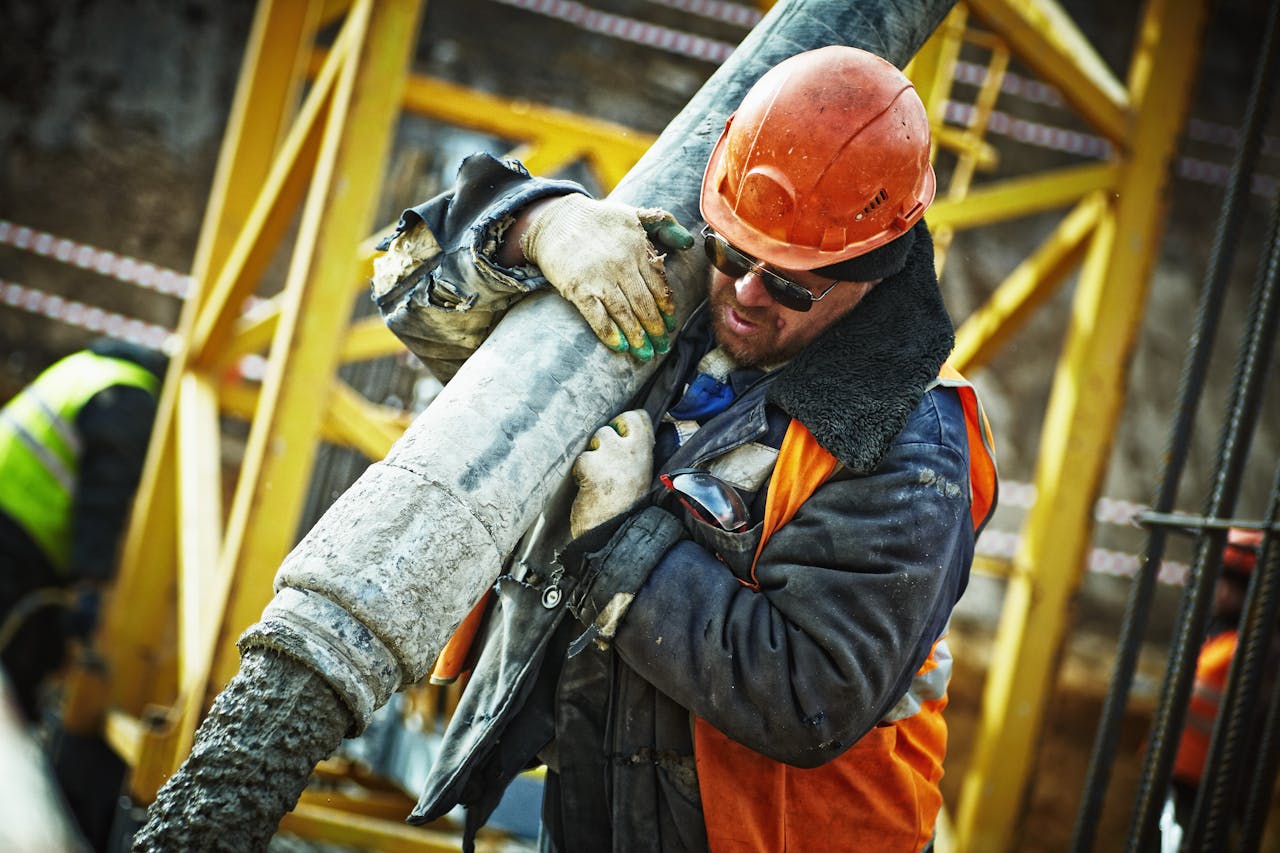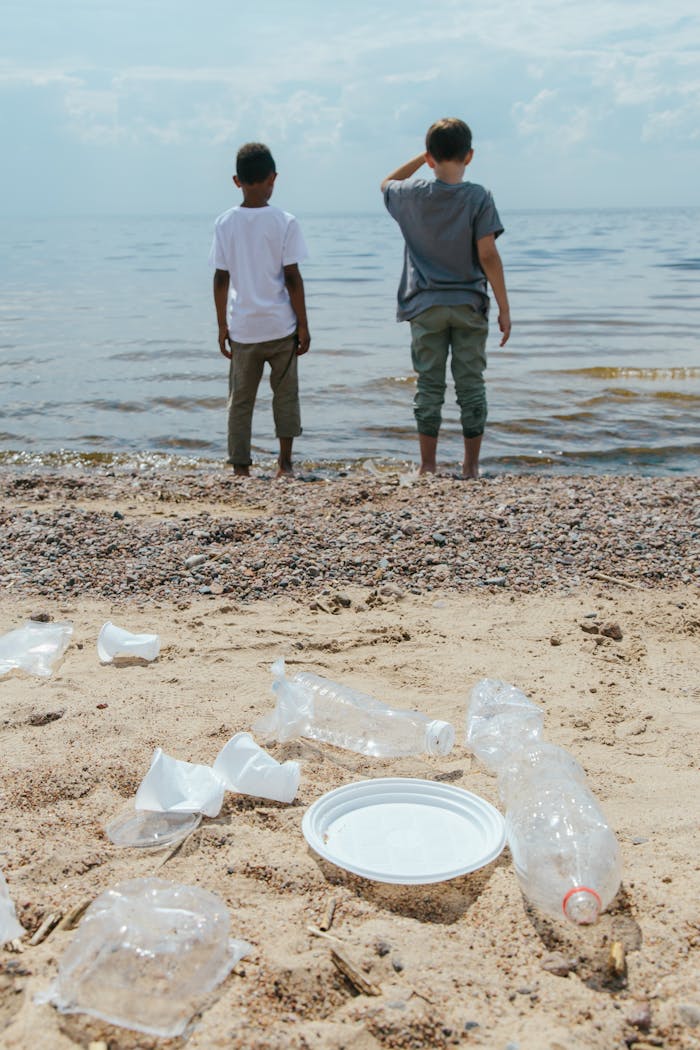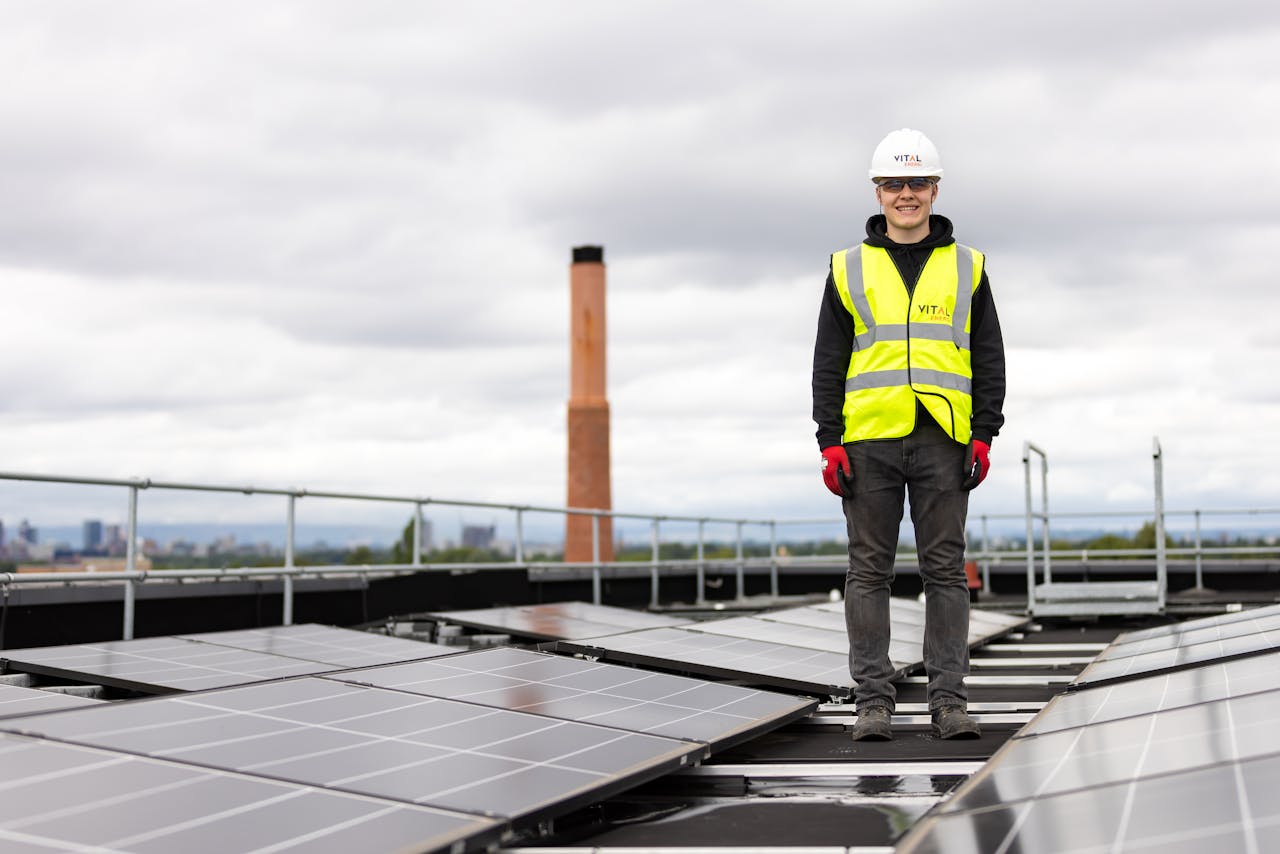Sustainable development has become a crucial global objective in today’s world, where rapid industrialization, climate change, and resource depletion are pressing concerns. It offers a holistic approach to balancing economic growth, environmental protection, and social equity, ensuring that current and future generations can thrive. But what exactly does sustainable development mean, and why is it so important?
What Is Sustainable Development?
Sustainable development refers to a strategy for growth that meets the needs of the present without compromising the ability of future generations to meet their own needs. This concept was popularized by the 1987 Brundtland Report, which defined sustainable development as a balance between three main pillars: economic growth, environmental stewardship, and social inclusion.
- Economic Growth: A strong economy is essential for poverty reduction, job creation, and improving living standards. Sustainable development encourages growth that is inclusive, providing opportunities for all people and minimizing economic inequality.
- Environmental Protection: Natural resources are finite, and if exploited recklessly, ecosystems may be permanently damaged. Sustainable development promotes the responsible use of resources, conservation efforts, and the reduction of pollution and carbon emissions.
- Social Inclusion: For development to be truly sustainable, it must be inclusive, providing access to basic services like healthcare, education, and clean water while reducing inequalities within and among communities.
The Importance of Sustainable Development
- Environmental Preservation: One of the key goals of sustainable development is to protect the planet’s ecosystems and biodiversity. The current rate of resource consumption, deforestation, and pollution is unsustainable. If we continue along this path, future generations may not have access to the natural resources they need for survival.Sustainable development seeks to minimize the environmental impact of human activities by promoting renewable energy sources, waste reduction, sustainable agriculture, and the conservation of natural habitats. The goal is to slow down climate change and preserve ecosystems for future generations.
- Economic Growth with Responsibility: Traditional models of economic growth often prioritize profit over the well-being of people and the planet. Sustainable development redefines growth by encouraging businesses to adopt practices that are not only profitable but also environmentally and socially responsible. Green technologies, circular economies, and clean energy sources create jobs and boost economic development without degrading the environment.Moreover, sustainable economic growth prioritizes equality. Instead of exacerbating the gap between the rich and the poor, it focuses on creating opportunities for marginalized and vulnerable populations. By investing in sustainable industries, societies can ensure long-term prosperity for all.
- Social Equity and Justice: A key aspect of sustainable development is ensuring that everyone benefits from progress. Social inequality can undermine efforts to improve the quality of life for future generations, and sustainable development promotes initiatives that reduce poverty, improve access to education and healthcare, and protect human rights.Gender equality, in particular, is a major focus of the sustainable development agenda. Empowering women and girls not only improves individual well-being but also strengthens entire communities and economies. Social inclusion also involves protecting indigenous cultures and local communities from exploitation, ensuring they have a voice in the development process.
Challenges to Sustainable Development
Despite its benefits, sustainable development faces several challenges that make its implementation complex.
- Climate Change: The ongoing climate crisis poses a significant threat to sustainable development. Rising temperatures, extreme weather events, and sea level rise are not only harming the environment but also jeopardizing economic stability and exacerbating social inequalities. Sustainable development requires urgent global action to mitigate climate change through policies like reducing greenhouse gas emissions and transitioning to clean energy.
- Resource Management: Population growth and increasing consumer demand put tremendous pressure on natural resources such as water, fossil fuels, and arable land. Finding ways to meet the needs of a growing population while maintaining the health of the planet is a key challenge. Transitioning to renewable energy, improving water management, and adopting sustainable agricultural practices are all critical to balancing consumption with conservation.
- Political and Economic Obstacles: The shift to sustainable development often requires significant changes in policy, infrastructure, and business practices, which can face resistance from political and economic stakeholders. Short-term economic gains sometimes take precedence over long-term sustainability, particularly in industries reliant on fossil fuels or intensive resource extraction.
Solutions for Achieving Sustainable Development
- Investing in Renewable Energy: Transitioning from fossil fuels to renewable energy sources like solar, wind, and hydroelectric power is essential for reducing carbon emissions and combating climate change. Governments and businesses need to invest in green technologies and energy-efficient practices to drive this transition.
- Promoting Circular Economies: In a circular economy, products are designed to be reused, recycled, or repurposed, minimizing waste and reducing environmental impact. Encouraging businesses to adopt circular economy models can help reduce resource consumption and create sustainable products.
- Education and Awareness: Raising awareness about the importance of sustainable development at all levels—government, business, and individual—is key. Education plays a vital role in empowering people to make informed decisions that benefit both society and the environment.
Conclusion
Sustainable development is about creating a balanced and just world where people and the planet can coexist in harmony. By integrating environmental protection, economic growth, and social inclusion into our development strategies, we can ensure a thriving future for generations to come. The time to act is now, as the choices we make today will shape the world of tomorrow.


